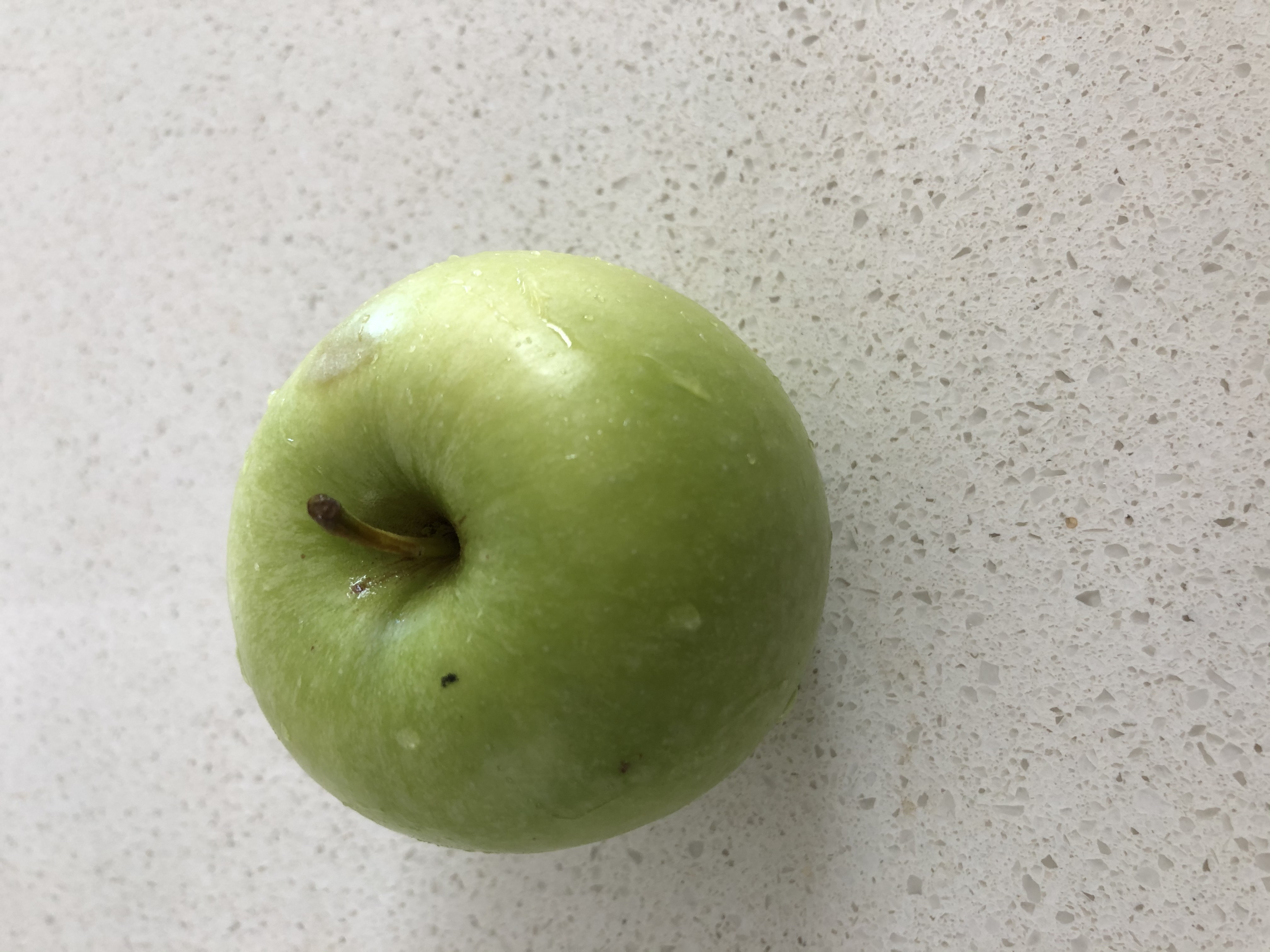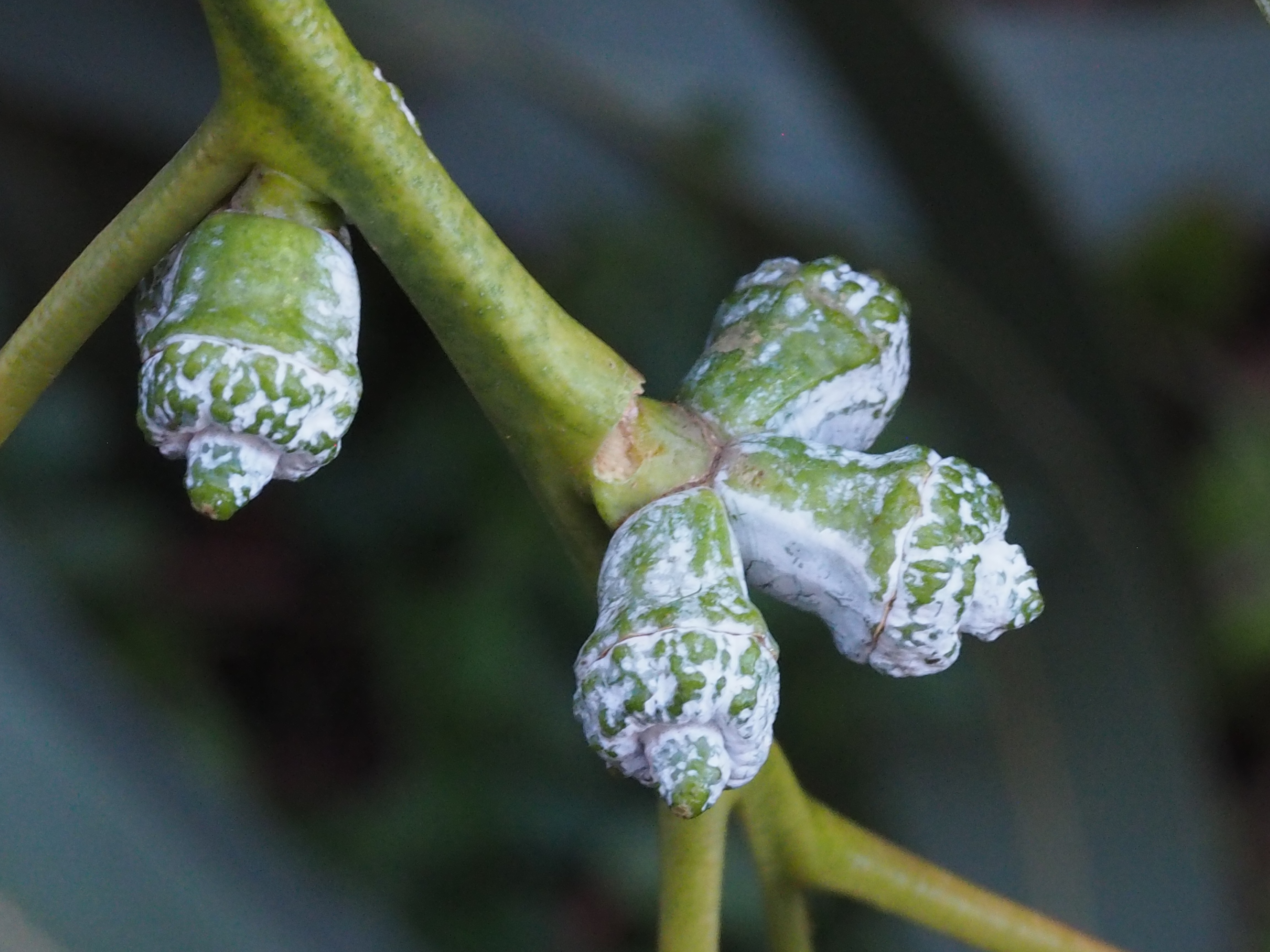|
Pelargonium Odoratissimum
''Pelargonium odoratissimum'' is a pelargonium species native to South Africa. It is also known as the apple geranium or apple pelargonium due to the distinct apple scent. It is in the subgenus ''Reniforme'' along with ''Pelargonium sidoides'' and '' Pelargonium exstipulatum''. Etymology Pelargonium comes from the Greek; Pelargos which means stork. Another name for pelargoniums is storksbills due to the shape of their fruit. Odoratissimum refers to the highly scented leaves. Description ''Pelargonium odoratissimum'' is a small, spreading species which only grows up to 30 cm high and 60 cm wide. It has small pale pink flowers and its leaves are waxy, green and ovate. Cultivars and hybrids There are quite a few cultivars and hybrids of ''Pelargonium odoratissimum''. These cultivars and hybrids include: *''Pelargonium odoratissimum'' 'Big Apple' - A variety with larger leaves and a "Granny Smith" apple scent. *''Pelargonium odoratissimum'' 'Fringed Apple' - A variety wi ... [...More Info...] [...Related Items...] OR: [Wikipedia] [Google] [Baidu] |
Pelargonium
''Pelargonium'' () is a genus of flowering plants that includes about 280 species of perennials, succulents, and shrubs, commonly called geraniums, pelargoniums, or storksbills. '' Geranium'' is also the botanical name and common name of a separate genus of related plants, also known as cranesbills. Both genera belong to the family Geraniaceae. Carl Linnaeus originally included all the species in one genus, ''Geranium'', and they were later separated into two genera by Charles Louis L'Héritier de Brutelle in 1789. While ''Geranium'' species are mostly temperate herbaceous plants, dying down in winter, ''Pelargonium'' species are evergreen perennials indigenous to warm temperate and tropical regions of the world, with many species in southern Africa. They are drought and heat tolerant, but can tolerate only minor frosts. Some species are extremely popular garden plants, grown as houseplants and bedding plants in temperate regions. They have a long flowering period, with flowers m ... [...More Info...] [...Related Items...] OR: [Wikipedia] [Google] [Baidu] |
South Africa
South Africa, officially the Republic of South Africa (RSA), is the southernmost country in Africa. It is bounded to the south by of coastline that stretch along the South Atlantic and Indian Oceans; to the north by the neighbouring countries of Namibia, Botswana, and Zimbabwe; and to the east and northeast by Mozambique and Eswatini. It also completely enclaves the country Lesotho. It is the southernmost country on the mainland of the Old World, and the second-most populous country located entirely south of the equator, after Tanzania. South Africa is a biodiversity hotspot, with unique biomes, plant and animal life. With over 60 million people, the country is the world's 24th-most populous nation and covers an area of . South Africa has three capital cities, with the executive, judicial and legislative branches of government based in Pretoria, Bloemfontein, and Cape Town respectively. The largest city is Johannesburg. About 80% of the population are Black South Afri ... [...More Info...] [...Related Items...] OR: [Wikipedia] [Google] [Baidu] |
Pelargonium Exstipulatum
''Pelargonium exstipulatum'' is a pelargonium species native to South Africa. It is in the subgenus ''Reniforme'' along with ''Pelargonium odoratissimum'' and ''Pelargonium sidoides''. Etymology Pelargonium comes from the Greek; Pelargos which means stork Storks are large, long-legged, long-necked wading birds with long, stout bills. They belong to the family called Ciconiidae, and make up the order Ciconiiformes . Ciconiiformes previously included a number of other families, such as herons an .... Another name for pelargoniums is storksbills due to the shape of their fruit. Exstipulatum refers to the lack of Stipules on the leaves. Description ''Pelargonium exstipulatum'' is a tall, quite woody, 'shrublet' which grows up to metre high and 50 cm wide. It has small pink flowers and its leaves are waxy, green and ovate with a slight fringe. Its leaves have a sweet, slightly spicy scent. Cultivars and hybrids There are only a few cultivars and hybrids of ''Pelargonium ... [...More Info...] [...Related Items...] OR: [Wikipedia] [Google] [Baidu] |
Stork
Storks are large, long-legged, long-necked wading birds with long, stout bills. They belong to the family called Ciconiidae, and make up the order Ciconiiformes . Ciconiiformes previously included a number of other families, such as herons and ibises, but those families have been moved to other orders. Storks dwell in many regions and tend to live in drier habitats than the closely related herons, spoonbills and ibises; they also lack the powder down that those groups use to clean off fish slime. Bill-clattering is an important mode of communication at the nest. Many species are migratory. Most storks eat frogs, fish, insects, earthworms, small birds and small mammals. There are 19 living species of storks in six genera. Various terms are used to refer to groups of storks, two frequently used ones being a ''muster'' of storks and a ''phalanx'' of storks. Storks tend to use soaring, gliding flight, which conserves energy. Soaring requires thermal air currents. Ottomar Ans ... [...More Info...] [...Related Items...] OR: [Wikipedia] [Google] [Baidu] |
Granny Smith
The Granny Smith, also known as a green apple or sour apple, is an apple cultivar which originated in Australia in 1868. It is named after Maria Ann Smith, who propagated the cultivar from a chance seedling. The tree is thought to be a hybrid of ''Malus sylvestris'', the European wild apple, with the domesticated apple ''Malus domestica'' as the polleniser. The fruit is hard, firm and with a light green skin and crisp, juicy flesh. The flavour is tart and acidic. It remains firm when baked, making it a popular cooking apple used in pies, where it can be sweetened. The apple goes from being completely green to turning yellow when overripe. The US Apple Association reported in 2019 that the Granny Smith was the third most popular apple in the United States of America. History The Granny Smith cultivar originated in Eastwood, New South Wales, Australia (now a suburb of Sydney) in 1868. Its discoverer, Maria Ann Smith (née Sherwood), had emigrated to the district from Beckley, ... [...More Info...] [...Related Items...] OR: [Wikipedia] [Google] [Baidu] |
Pelargonium × Fragrans
''Pelargonium'' × ''fragrans'' (or 'Fragrans') is a pelargonium hybrid between ''Pelargonium odoratissimum'' and ''Pelargonium exstipulatum''. It is in the subgenus ''Reniforme'' along with ''Pelargonium sidoides'' and ''Pelargonium abrotanifolium''. Etymology ''Pelargonium'' comes from the Greek; Pelargos which means stork. Another name for pelargoniums is storksbills due to the shape of their fruit. Fragrans refers to the fragrant leaves. Description ''Pelargonium'' × ''fragrans'', like its parent ''Pelargonium odoratissimum ''Pelargonium odoratissimum'' is a pelargonium species native to South Africa. It is also known as the apple geranium or apple pelargonium due to the distinct apple scent. It is in the subgenus ''Reniforme'' along with ''Pelargonium sidoides'' a ...'', is a small, spreading species which only grows up to 30 cm high and 60 cm wide. It has small white flowers and its leaves are waxy, green and ovate with slightly fringed edges. It has a sweet, ... [...More Info...] [...Related Items...] OR: [Wikipedia] [Google] [Baidu] |
Eucalyptus Globulus
''Eucalyptus globulus'', commonly known as southern blue gum or blue gum, is a species of tall, evergreen tree endemic to southeastern Australia. This ''Eucalyptus'' species has mostly smooth bark, juvenile leaves that are whitish and waxy on the lower surface, glossy green, lance-shaped adult leaves, glaucous, ribbed flower buds arranged singly or in groups of three or seven in leaf axils, white flowers and woody fruit. There are four subspecies, each with a different distribution across Australia, occurring in New South Wales, Victoria and Tasmania. The subspecies are the Victorian blue gum, Tasmanian blue gum, Maiden's gum, and Victorian eurabbie. Description ''Eucalyptus globulus'' is a tree that typically grows to a height of but may sometimes only be a stunted shrub, or alternatively under ideal conditions can grow as tall as , and forms a lignotuber. The bark is usually smooth, white to cream-coloured but there are sometimes slabs of persistent, unshed bark at the ... [...More Info...] [...Related Items...] OR: [Wikipedia] [Google] [Baidu] |
Old Spice
Old Spice is an American brand of male grooming products encompassing aftershaves, deodorants and antiperspirants, shampoos, body washes, and soaps. It is manufactured by Procter & Gamble. Old Spice was launched as Early American Old Spice by William Lightfoot Schultz's soap and toiletries company, Shulton Inc., in 1937. It was first targeted to women, with the men's product being released before Christmas at the end of 1937. History Old Spice products were originally manufactured by the Shulton Company, founded in 1934 by William Lightfoot Schultz. A buyer at Bullock's in Los Angeles made Schultz aware of the emerging popularity of colonial-American style furniture, a trend spurred by the then-recent opening of Colonial Williamsburg. Shultz reasoned that an Early Americana-themed cosmetics line might also find favor. The Metropolitan Museum of Art in New York collection of early American objects provided a source of inspiration for packaging design; for the fragrance, Schultz ... [...More Info...] [...Related Items...] OR: [Wikipedia] [Google] [Baidu] |
Houseplant
A houseplant, sometimes known as a pot plant, potted plant, or an indoor plant, is an ornamental plant that is grown indoors. As such, they are found in places like residences and offices, mainly for decorative purposes. Common houseplants are usually tropical or semi-tropical, and are often epiphytes, succulents or cacti. Cultural history Early history The history of houseplants is intertwined with the history of container gardening in general. Ancient Egyptians and Sumerians grew ornamental and fruiting plants in decorative containers. Ancient Greeks and the Romans cultivated laurel trees in earthenware vessels. In ancient China, potted plants were shown at garden exhibitions over 2,500 years ago. In the medieval era, gillyflowers were displayed in containers. Early modern era In the Renaissance, plant collectors and affluent merchants from Italy, the Netherlands and Belgium imported plants from Asia Minor and the East Indies. Creeping groundsel was introduced in Malta ... [...More Info...] [...Related Items...] OR: [Wikipedia] [Google] [Baidu] |

_(12011503884).jpg)



